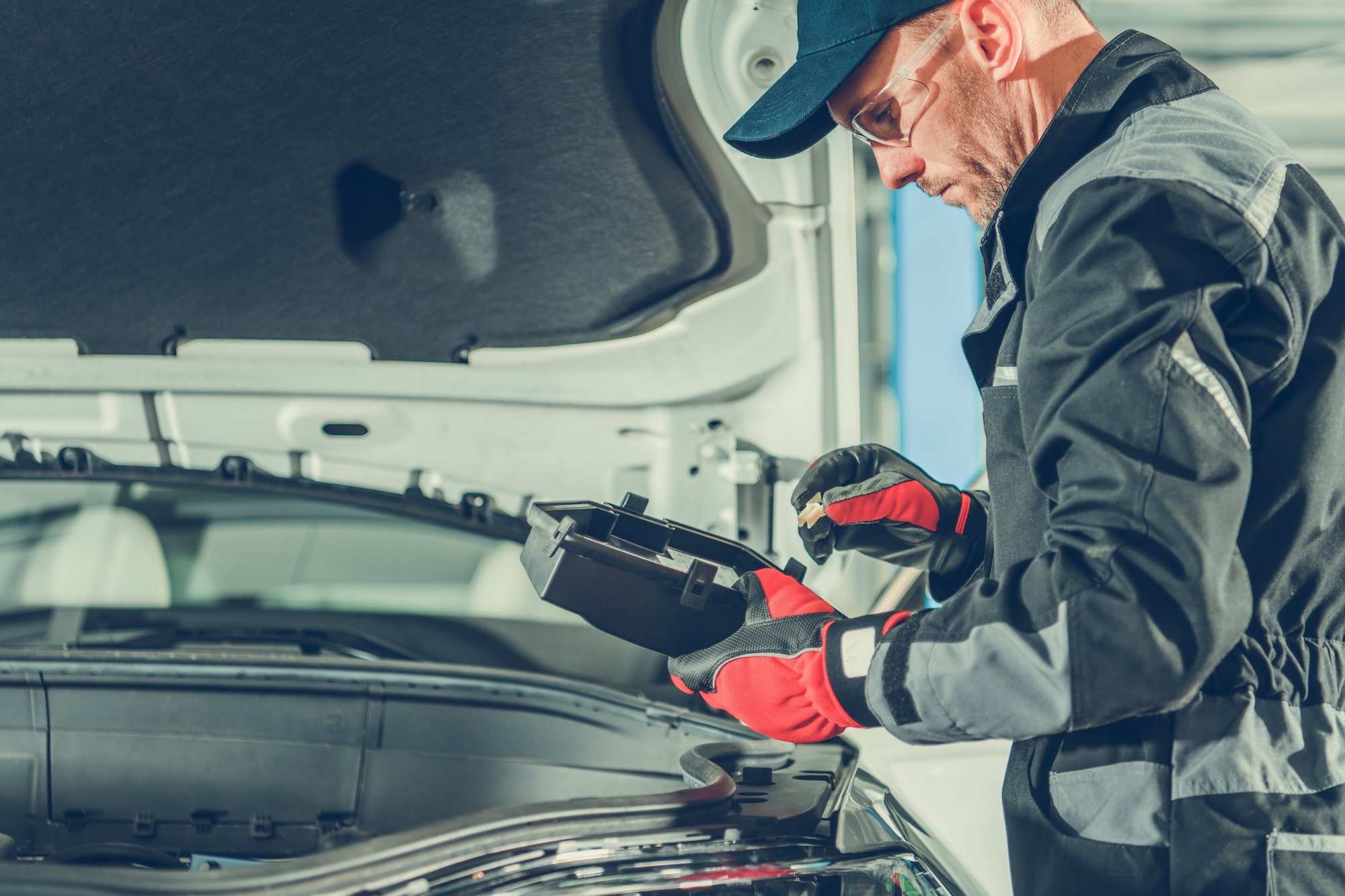Technology is moving forward faster than most people can keep up with, and cars are no exception. Not only have brands like Nissan and Tesla made electric vehicles more mainstream, but even cars with more traditional engines are upgrading their infotainment, safety features, sensors and more.
While fuel and maintenance costs are massively reduced for electric vehicle owners, all the fancy bells and whistles still raise one big question: do high-tech cars cost more to repair? Let’s take a look at the facts to find out once and for all.
What Is Considered High-Tech?
As time’s gone by, more and more common car components have started to integrate advanced technology. But, to delve a little deeper, what is it that makes a vehicle high-tech?
Infotainment and Interior Upgrades
One of the more apparent areas for upgrade potential is the infotainment system. Cars like the Tesla Model 3 include all the tech you could imagine. These show-stopping features start with a vast, fully online 15.4-inch display that you can even watch Netflix on it! You can also play arcade games on it or sing ‘car-a-oke.’ And no, we aren’t joking! If that wasn’t enough, there’s a wireless charger for your phone too.
Safety Features
Some modern car safety features are like something out of a sci-fi movie. Take Subaru’s ground-breaking EyeSight tech, for example. Using sensors in the windshield, it monitors the road ahead as you drive, bringing any hazards to your attention, and even putting the brakes on if necessary.
Semi-Autonomous Functionality
If you thought those safety features sounded crazy, you’re about to have your mind blown. Self-driving cars have been a hot topic lately, and while no public models currently have fully autonomous driving, they’re getting very close. For some cars, this means automatically steering you back into position if you start to drift out of your lane. In others, it might be an auto-parking function. But, as always, Tesla takes it one step further with their Smart Summon feature. Just head to the parking lot where you left your car, tap a button in the Tesla app, and the vehicle will drive to pick you up all on its own. It’s modern black magic.
Are Parts and Labor More Expensive?
What were once run-of-the-mill parts have become increasingly intricate; you won’t be surprised to learn that they cost a lot more to repair. The components themselves are expensive, and you can’t save money by fixing things yourself anymore. Almost everything needs a specially trained eye, driving up the price of labor. In some cases, you may only be able to have your vehicle repaired at an official dealership.
For example, according to RepairPal, replacing a basic windshield should set you back around $300 to $500. A technology-heavy alternative, however, could cost up to $1,900. Not exactly a tiny price difference.
Repair Costs vs. Frequency of Repairs
There is a silver lining to these higher repair costs, though—statistics show that advanced vehicle components need replacing far less often than their traditional counterparts. This is mainly due to the fact that modern safety tech significantly reduces the likelihood of experiencing damage from a collision. As proof, rear-end collision rates in vehicles with forward-collision warnings and automatic braking are 46% lower than those without the feature.
All things considered, while high-tech repairs may be more expensive, the lifetime ownership cost of the vehicle should be significantly lower. So perhaps there isn’t so much to worry about after all.
High-Tech Maintenance vs. Standard Maintenance
It’s worth bearing in mind that many high-tech cars still use a lot of the same components as standard cars. Parts that need regular maintenance to keep them running smoothly. Engines will still need tuning up, wheels will still need aligning, and tires will still need rotating. Unless you have an extended warranty that covers general maintenance costs, they all still need paying for too.
On the flip side, fully electric cars have the bonus of lower maintenance costs. Take Tesla, for example. Rather than having owners stick to a strict (and costly) maintenance schedule, Tesla tells them only to maintain parts when their Tesla app senses it’s about time for a tune-up. No more risk of over-maintaining, no more adding on an extra service at the auto shop ‘just in case.’ As a result, you only spend the money you need to, when you need to.
Is It Harder to Get Cover for High-Tech Cars?
Unfortunately, not all extended warranty providers cover high-tech cars, but a select few have managed to keep up with the times. You should undoubtedly get your vehicle protected, but dedicate time to researching which warranty provider covers what and for how much. Some providers may not cover specific components, while others may only offer high-tech coverage at an additional premium.
Whatever solution you land on, a good warranty deductible will always be cheaper than the cost of a repair bill. So save yourself a lot of potential stress and sign up for a vehicle service contract sooner rather than later.
The Best Way to Save on Costly Repairs
Technology in vehicles is only getting more complex, and repair costs are only getting more expensive. Now, more than ever, a protection program is one of the best investments you can make. We specialize in comparing America’s many extended auto warranty providers, so you don’t have to. Take a look at our latest reviews to find the policy that best suits your needs and budget.





